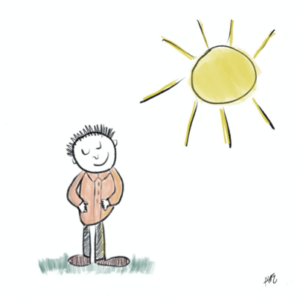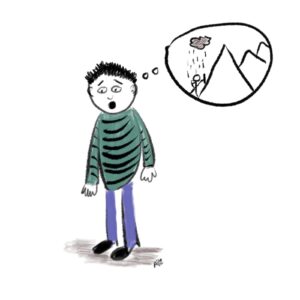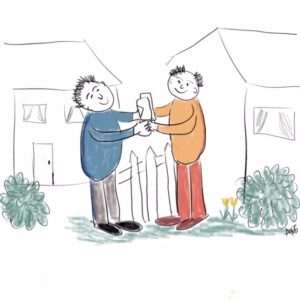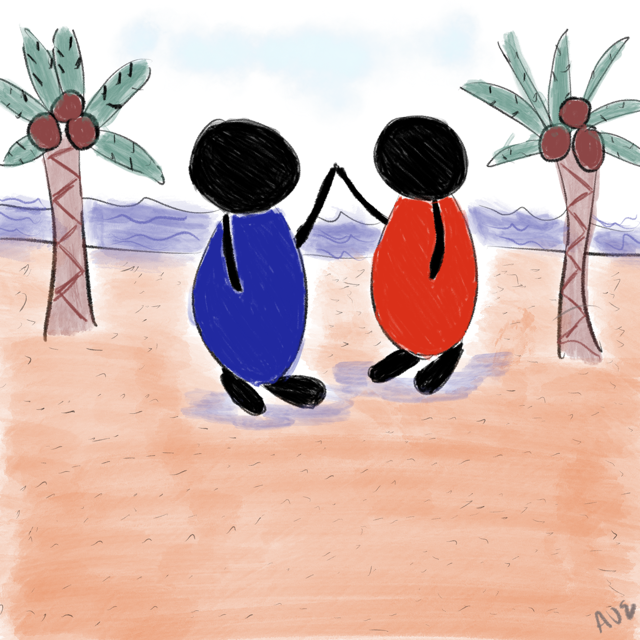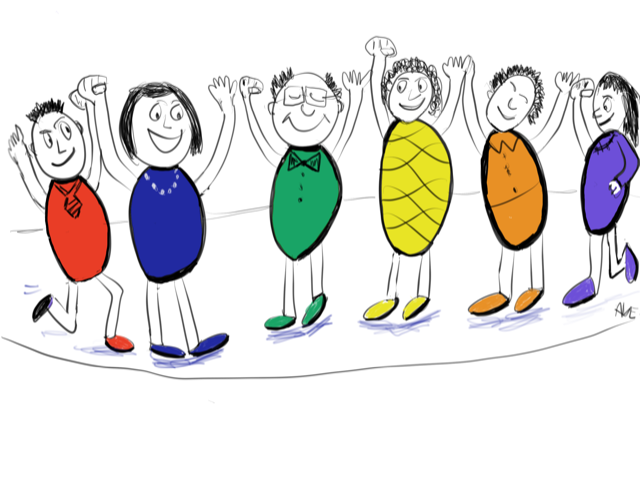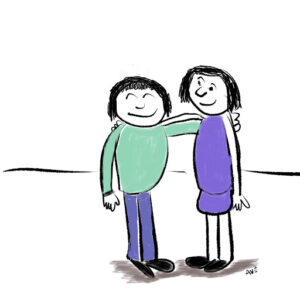
So many people are continuing to have conflicts with family members, coworkers and neighbors about being vaccinated or wearing a mask. It’s not easy to navigate. Using the OASIS Conversation skills has saved relationships. For example, Jeri faced a big family dilemma. Her brother Jim, who chose not to be vaccinated, was feeling isolated and not supported by his family as he prepared for his upcoming wedding. Jeri and several of her siblings did not feel comfortable having Jim and his fiancé visit them and their children. They debated if they would attend the wedding. The tension grew among the family members with people taking different positions. After Jeri and her siblings avoided Jim they worried about losing the relationship altogether. On a family group text Jim wrote, “It would be nice to have some support as I plan my wedding” and signed it as “unsupported”. The whole family was suffering amid the turmoil.
While it is our instinct to tell someone with a different view why they are wrong or to not engage, Jeri had the courage to listen. She was able to receive empathy herself from colleagues as she shared her frustration and worry. With this understanding, she was able to shift from being judgmental to curious.
She called her brother and instead of berating him as she felt like doing, she was able to shift from being closed to open. At first her brother was quite defensive and expected her to tell him and his fiancé they were wrong for not being vaccinated. Instead, she said she genuinely was interested in hearing his point of view. While at first surprised and hesitant, he began to share his concerns. Jeri continued to listen and give empathy. For example, she paraphrased and said, “I recognize how sincerely you have thought this through and how it is difficult for you to go against the family and that you feel isolated and not supported.” She continued to listen. “It must be difficult for you since your fiancé’s family does not feel comfortable with being vaccinated.” Jeri noticed that Jim relaxed when he felt heard. Jeri felt excited to reconnect with her brother and this ultimately supported the family’s unity.
While they remained with different perspectives, Jim closed by asking Jeri more about her view and said that he could understand her perspective and that he would be open to considering his choice. Jeri was surprised and welcomed his openness. She offered to help with the wedding planning from a distance.
It is natural to hold our position on an issue when we feel defensive and do not believe others are interested in our point of view. Research supports that when we can be calm and open and really listen with empathy, we are more likely to find common ground and enhance relationships. With genuine listening and empathy, we can clarify what is most important. Jeri and Jim learned that they both value their family connection.
Practice taking an Open Stance and shift from being closed to open and listen for understanding and connection. Explore the OASIS Conversations process for positive and productive relationships.

